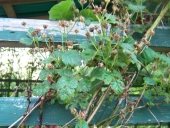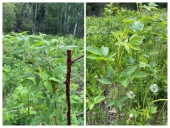





 2
2




![Filename: ursstem.jpg
Description: [Thumbnail for ursstem.jpg]](/t/162394/a/144524/ursstem.jpg)
![Filename: ursstems.jpg
Description: [Thumbnail for ursstems.jpg]](/t/162394/a/144525/ursstems.jpg)








![Filename: leaf.jpg
Description: [Thumbnail for leaf.jpg]](/t/162394/a/144529/leaf.jpg)








![Filename: flowers2.jpg
Description: [Thumbnail for flowers2.jpg]](/t/162394/a/144719/flowers2.jpg)




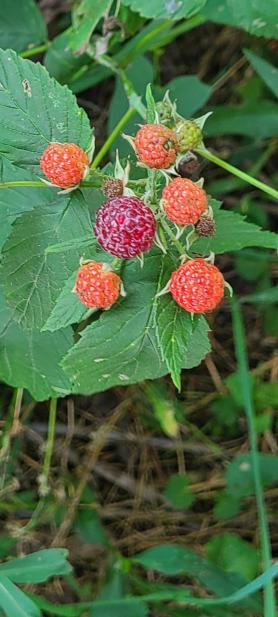
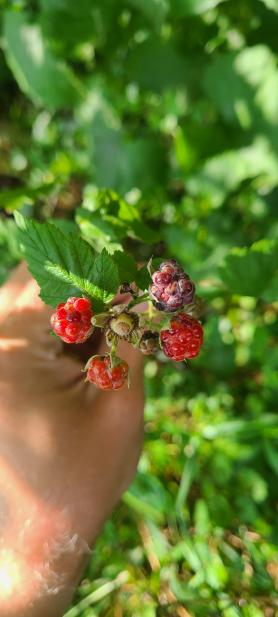
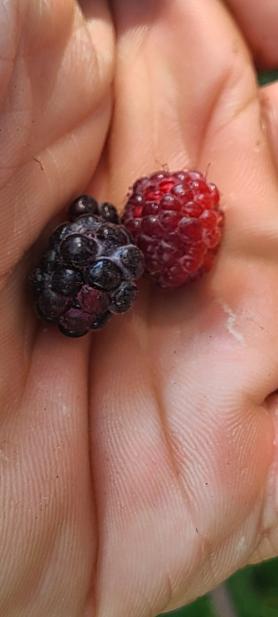
![Filename: compare2.jpg
Description: [Thumbnail for compare2.jpg]](/t/162394/a/146732/compare2.jpg)









William Bronson wrote:Assuming you can spare a few, to check for flavor, how does it taste?




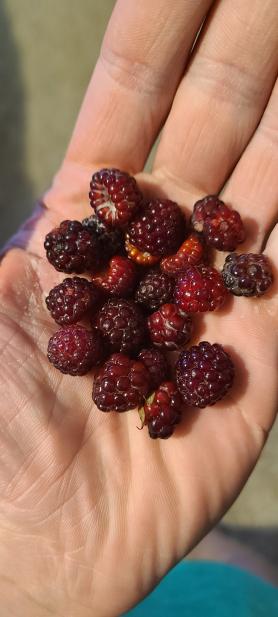
![Filename: cane.jpg
Description: [Thumbnail for cane.jpg]](/t/162394/a/147123/cane.jpg)
![Filename: cane2.jpg
Description: [Thumbnail for cane2.jpg]](/t/162394/a/147124/cane2.jpg)




Weeds are just plants with enough surplus will to live to withstand normal levels of gardening!--Alexandra Petri




Mk Neal wrote:The crawling plant might be a dewberry? Common Dewberry on Illinois Wildflowers




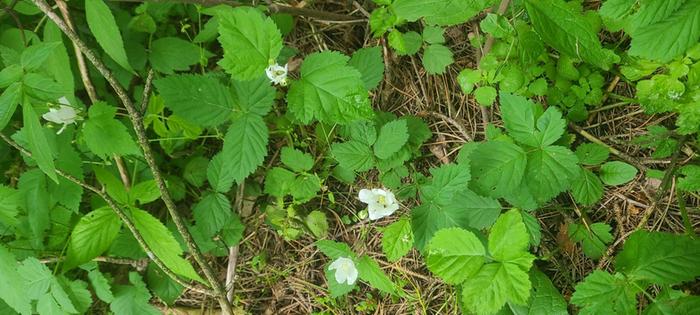
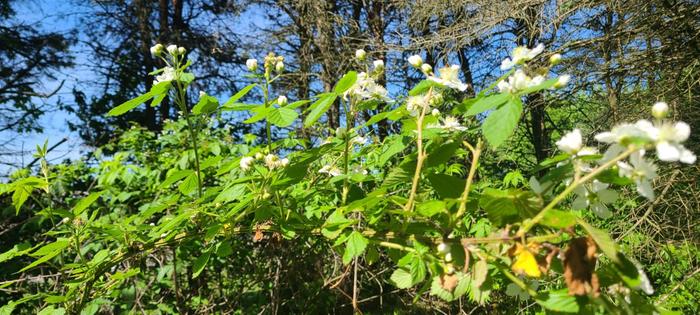



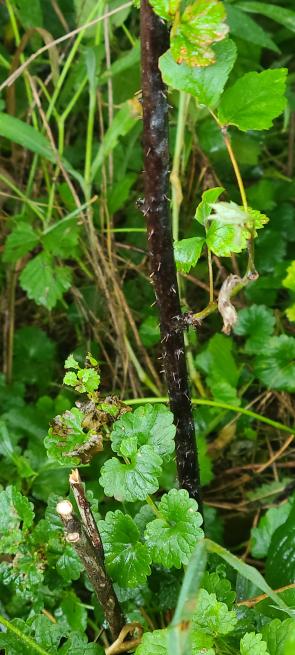


 1
1




 1
1




![Filename: large.jpg
Description: [Thumbnail for large.jpg]](/t/162394/a/147538/large.jpg)
![Filename: largecane.jpg
Description: [Thumbnail for largecane.jpg]](/t/162394/a/147539/largecane.jpg)
![Filename: standard.jpg
Description: [Thumbnail for standard.jpg]](/t/162394/a/147540/standard.jpg)




![Filename: largev.jpg
Description: [Thumbnail for largev.jpg]](/t/162394/a/147555/largev.jpg)

|
Can't .... do .... plaid .... So I did this tiny ad instead:
The new kickstarter is now live!
https://www.kickstarter.com/projects/paulwheaton/garden-cards
|


